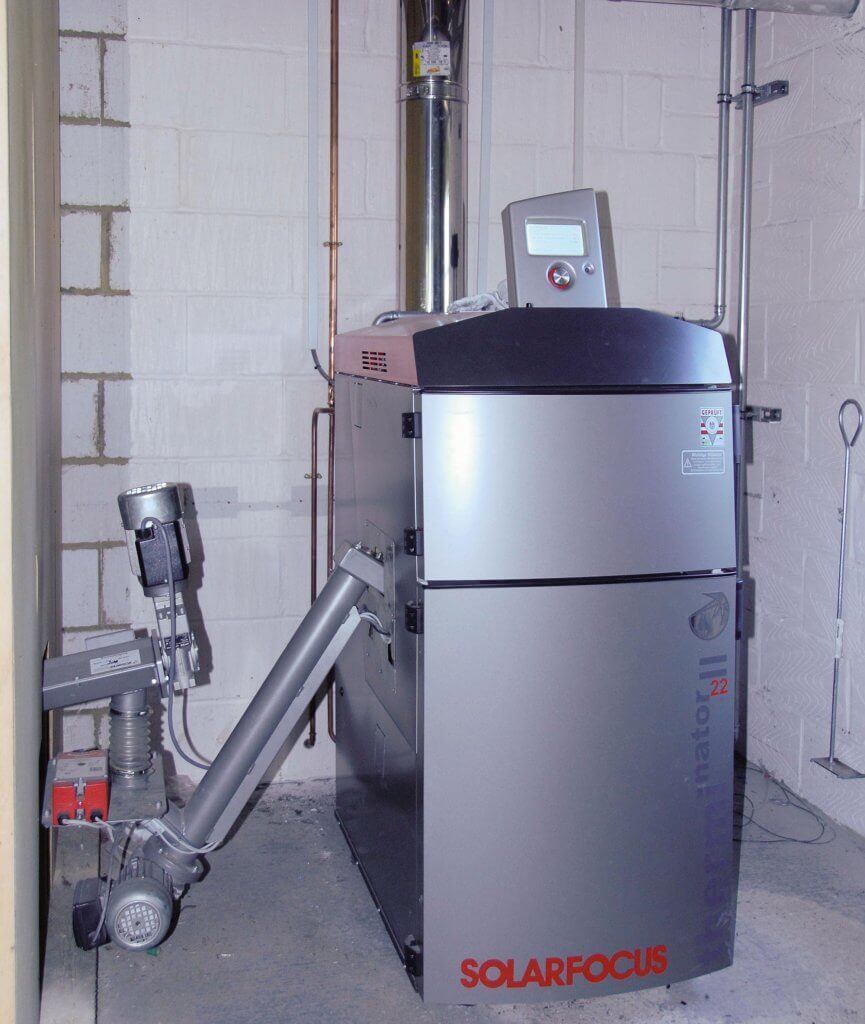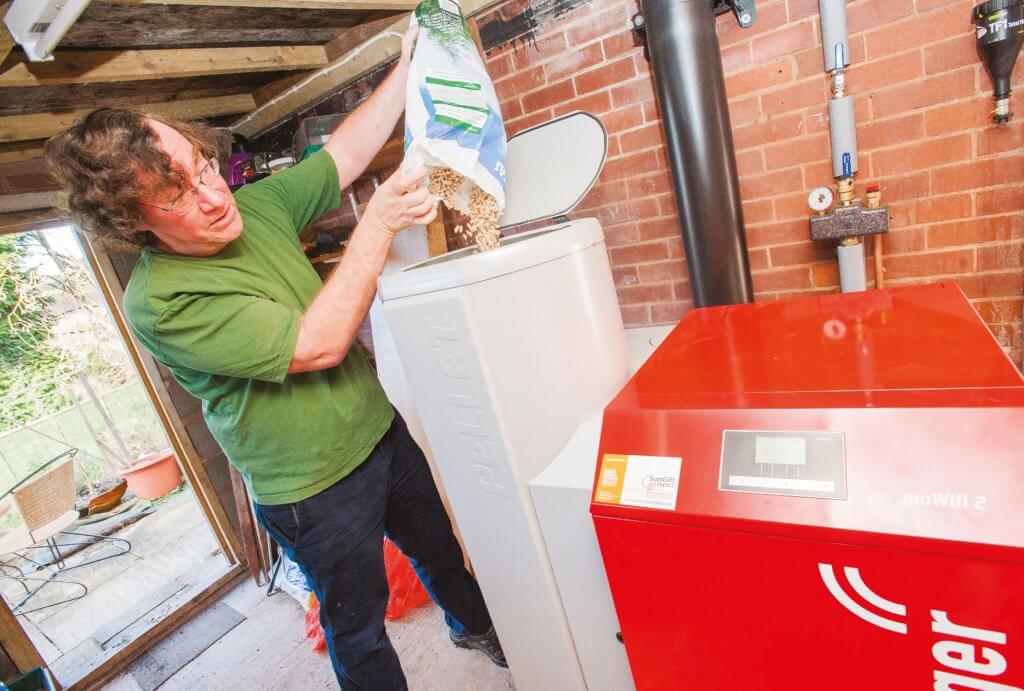Burning wood in order to heat your home may seem like a pretty old-fashioned idea, but modern technology has brought us way past the traditional open fireplace.
In the right circumstances, today’s bells-and-whistles biomass boilers can rival gas in terms of running costs – and potentially deliver a sustainable, low-carbon solution for your project.
What is biomass?
In basic terms, it’s any form of plant matter that can be burned to deliver heat. In practice, it’s normally wood.
This could simply be logs, or it might be a wood waste product (such as chips or pellets) that’s specifically suited to fuelling boilers. In addition, energy crops such as miscanthus are grown explicitly for use as a fuel – but these are typically only used for large-scale commercial operations as opposed to domestic installations.
If it is sustainably sourced, wood is considered to be a carbon neutral fuel, as the CO2 emitted from burning it is slightly less than the amount the tree absorbs as it grows. Unlike fossil fuels, wood produces negligible amounts of sulphur dioxide or nitrous oxides – so burning it does not contribute significantly towards the problem of acid rain.
In order to remain carbon neutral as a fuel, it’s important that the wood is grown as close as possible to where it’s used and that the local distribution system is efficient. Timber harvested for this purpose must be replaced, so that the equivalent CO2 emitted during combustion is reabsorbed by the new trees as they grow.

The OctoPlus biomass boiler from Solar Focus is available in 10kW, 15kW and 22kW
Wood chips are generated principally from forestry waste. Apart from being chipped and dried, they are not processed in any way. They are cheaper than wood pellets (per kWh of heat delivered) but not as cheap as logs.
Pellets, meanwhile, are manufactured from waste products such as ground wood chips, sawdust and bark, all of which are created by the timber processing industry. No chemical additives are needed as the natural lignin in the wood serves as a binder when the pellets are compressed.
How do biomass boilers work?
Fundamentally, they do the same job as conventional gas boilers, providing space heating and domestic hot water. There are a number of important differences, however.
Log boilers, for instance, have to be manually fuelled – so they’re not for everyone. They’re usually batch-fed, which means you fire the boiler at a high temperature for a relatively short period of time, and use this to heat a buffer tank that stores the warmth for later use in space and water heating.
This avoids the need for the boiler to operate 24/7 but there’s still a significant time commitment when it comes to firing up the appliance. Nevertheless, if you’re at home a lot and enjoy working with wood, it can be a great pleasure to run a log boiler.
By contrast, both wood chip and pellet fuels can be fed automatically, which means the appliance can be controlled in a similar way to a conventional gas or oil boiler.

This BioWIN 2 boiler from Windhager has a manually-fed pellet hopper
Wood chip is an option that’s normally used for commercial installations and other large systems, as the storage bin and feed mechanism take up a lot of space (with associated capital costs when they’re installed).
Given this, domestic biomass boilers are most commonly fuelled by wood pellets. This product has a low moisture content and relatively high energy content in comparison to its volume.
Typically, the compacted pellets are around 20mm long and 8mm in diameter. As they
have a higher energy density, you’ll need fewer deliveries and less space to store the fuel than you would with logs or chips.
The consistency of wood pellets’ size and moisture content makes them perfect for automated feeding and controlled delivery of heating on demand.
The post Biomass Boilers Explained appeared first on Build It.
Article reference Biomass Boilers Explained
No comments:
Post a Comment